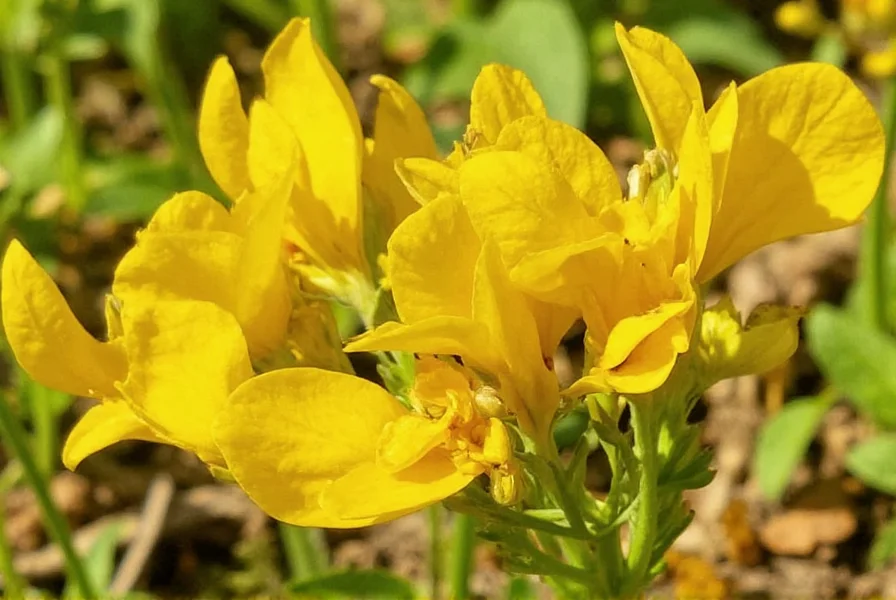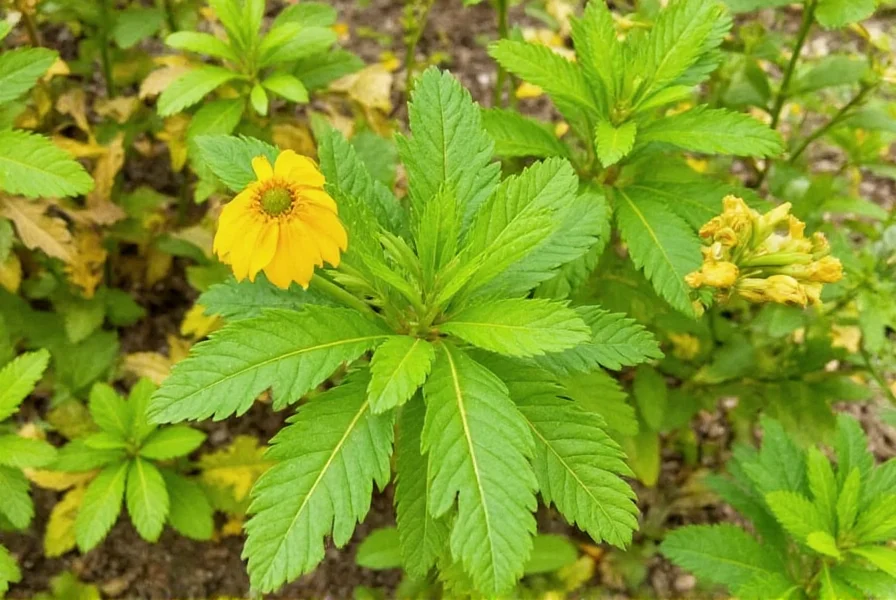Growing turmeric at home offers gardeners a rewarding experience cultivating this vibrant spice with numerous culinary and potential health applications. Unlike store-bought turmeric powder, homegrown rhizomes provide superior freshness and flavor while connecting you directly to this ancient botanical tradition. Whether you have a sprawling garden or just a sunny windowsill, turmeric adapts well to various growing environments when given proper care.
Climate Requirements for Successful Turmeric Cultivation
Turmeric originates from Southeast Asia's tropical regions, making warmth essential for optimal growth. The ideal temperature range spans 68-86°F (20-30°C), with consistent humidity levels above 50%. While turmeric tolerates partial shade, it performs best with 6-8 hours of filtered sunlight daily. In regions with cooler climates, consider growing turmeric in containers that can be moved indoors during temperature drops below 50°F (10°C).
Frost proves fatal to turmeric plants, so timing your planting correctly proves crucial. Wait until soil temperatures consistently exceed 50°F (10°C) before planting rhizomes outdoors. In USDA zones 8 and higher, turmeric can grow as a perennial, while gardeners in cooler zones must treat it as an annual or overwinter indoors.

Soil Preparation for Optimal Turmeric Growth
Successful organic turmeric cultivation methods begin with proper soil preparation. Turmeric prefers loose, well-draining soil rich in organic matter. Create an ideal growing medium by mixing equal parts garden soil, compost, and perlite or sand. The perfect pH range falls between 5.5 and 7.5—slightly acidic to neutral.
Avoid heavy clay soils that retain excessive moisture, as turmeric rhizomes easily rot in waterlogged conditions. Raised beds prove beneficial in areas with heavy rainfall or poor natural drainage. Before planting, amend the soil with well-rotted manure or compost at a ratio of 2-3 inches per square foot to provide essential nutrients for the growing season.
Planting Process: From Rhizome Selection to Establishment
The foundation of successful how to grow turmeric at home efforts starts with quality rhizome selection. Choose plump, firm rhizomes with multiple growth buds (eyes) from organic sources to avoid chemical treatments that inhibit sprouting. Soak rhizomes in water for 30 minutes before planting to stimulate growth.
Plant turmeric rhizomes 1.5-2 inches deep with the growth buds facing upward. Space individual rhizomes 4-6 inches apart in rows spaced 12-18 inches apart. In container gardening, select pots at least 12 inches deep with adequate drainage holes. Fill containers with the prepared soil mix, leaving 2 inches of space below the rim for watering.
| Growing Stage | Timeline | Key Indicators |
|---|---|---|
| Germination | 2-6 weeks | First shoots emerge |
| Active Growth | 3-6 months | Multiple leaf shoots, height 2-4 ft |
| Maturity | 8-10 months | Leaves yellowing, stem dieback |
Watering and Nutrient Management
Maintaining proper moisture represents one of the most critical aspects of watering schedule for turmeric plants. During active growth, water deeply 2-3 times weekly to keep soil consistently moist but not saturated. Reduce watering frequency as harvest approaches to allow rhizomes to mature properly.
Fertilize turmeric monthly with a balanced organic fertilizer (5-5-5 NPK) or compost tea during the growing season. Turmeric particularly benefits from potassium and phosphorus for rhizome development. Avoid high-nitrogen fertilizers that promote excessive leaf growth at the expense of rhizome production.
Troubleshooting Common Turmeric Growing Problems
Even with careful attention to best climate for growing turmeric, gardeners may encounter challenges. Yellowing leaves often indicate overwatering or poor drainage—adjust your watering schedule immediately. Pale leaves may signal nitrogen deficiency, while purple leaf discoloration suggests phosphorus deficiency.
Common pests include aphids, spider mites, and nematodes. Combat these organically with neem oil sprays or insecticidal soaps. Fungal diseases like leaf spot or rhizome rot typically result from excessive moisture—improve air circulation and reduce watering frequency. In severe cases, remove affected plants to prevent spread.

Harvesting and Post-Harvest Processing
Knowing when to harvest turmeric proves essential for maximum flavor and curcumin content. Harvest occurs 8-10 months after planting, when leaves yellow and stems begin to die back naturally. Carefully dig around plants with a garden fork to avoid damaging rhizomes.
After harvesting, clean rhizomes gently with water and cure them by air-drying in a shaded, well-ventilated area for 7-10 days. This curing process enhances flavor and extends storage life. For fresh use, store cured rhizomes in a cool, dark place. For long-term storage, freeze rhizomes or process them into powder after thorough drying.
Frequently Asked Questions About Growing Turmeric
Can I grow turmeric in containers?
Yes, turmeric grows well in containers at least 12 inches deep with proper drainage. Use a high-quality potting mix amended with compost. Container-grown turmeric requires more frequent watering and benefits from monthly fertilization. Move pots indoors when temperatures drop below 50°F (10°C).
How deep should I plant turmeric rhizomes?
Plant turmeric rhizomes 1.5-2 inches deep with the growth buds facing upward. In heavier soils, plant slightly shallower (1-1.5 inches), while in sandy soils, plant up to 2.5 inches deep. Proper turmeric rhizome planting depth ensures optimal sprouting and rhizome development without exposing them to excessive moisture.
Why aren't my turmeric plants sprouting?
Several factors affect turmeric sprouting: insufficient warmth (soil below 50°F/10°C), poor quality rhizomes, excessive moisture causing rot, or planting during incorrect season. Ensure you're using fresh, organic rhizomes with visible growth buds, planting after last frost, and maintaining consistent moisture without waterlogging. Patience is key—germination can take 2-6 weeks.
How much turmeric can I expect to harvest?
A single planted rhizome typically produces 0.5-1 pound of harvestable turmeric after 8-10 months. Yield depends on growing conditions, soil quality, and climate. Commercial growers average 10,000-20,000 pounds per acre, but home gardeners can expect more modest returns. Remember that part of your harvest should be saved for replanting next season's crop.











 浙公网安备
33010002000092号
浙公网安备
33010002000092号 浙B2-20120091-4
浙B2-20120091-4